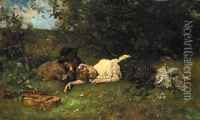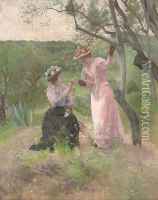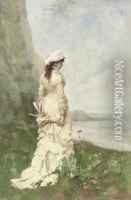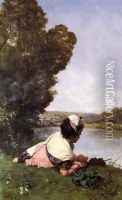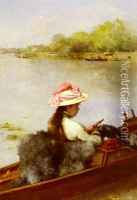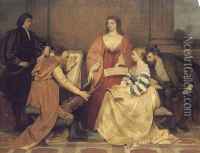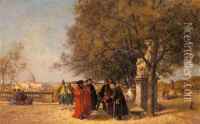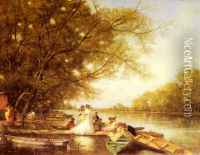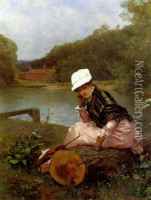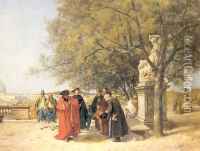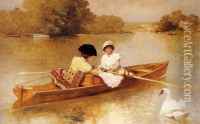Ferdinand Heilbuth Paintings
Ferdinand Heilbuth was a German-born French painter known for his elegant genre scenes, portraits, and plein-air paintings. He was born on June 27, 1826, in Hamburg, Germany. Heilbuth exhibited a talent for art from an early age and initially studied painting in his hometown. Seeking further artistic training, he moved to Paris, where he became a student of the renowned painter Paul Delaroche. During his time in Paris, Heilbuth was also influenced by the works of the Barbizon school and the Impressionists, who were gaining recognition during the mid to late 19th century.
Heilbuth’s work quickly gained attention for its refined brushwork and the vibrancy of his palette. He became known for his ability to capture the leisurely activities of the Parisian bourgeoisie with a sense of spontaneity and naturalness that reflected the changing tastes of the time. His paintings often depicted scenes of modern life, such as parks, gardens, and social gatherings, and he was particularly adept at rendering the textures of fabrics and the interplay of light and shadow.
In 1852, Heilbuth decided to travel to Rome, where he was inspired by the history and the art of the Italian Renaissance. His stay in Italy had a significant impact on his artistic development, and he began to incorporate elements of the Italian masters into his own work. Despite his German origins, Heilbuth chose to become a naturalized French citizen in 1859, firmly rooting himself in the French art scene.
Heilbuth exhibited at the Paris Salon, the official art exhibition of the Académie des Beaux-Arts in Paris, and received several awards throughout his career. His paintings were also shown internationally, earning him a reputation across Europe and the United States. He was awarded the Legion of Honor, France's highest order of merit for military and civil merits, in recognition of his contributions to art.
Ferdinand Heilbuth passed away on November 18, 1889, in Paris. His works are part of numerous museum collections, including the Metropolitan Museum of Art in New York and the Musée d'Orsay in Paris. Heilbuth's legacy is that of a cosmopolitan artist who bridged the gap between traditional academic painting and the emerging modernist movements of his time.
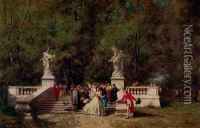
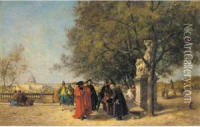
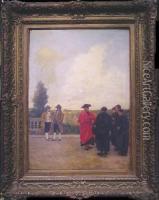
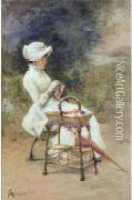
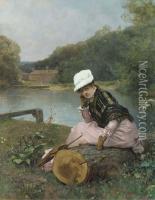
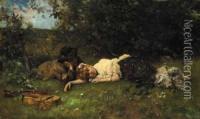
![[the Recital]](https://www.niceartgallery.com/pic/d5b6c33f/1364838s.jpg)
